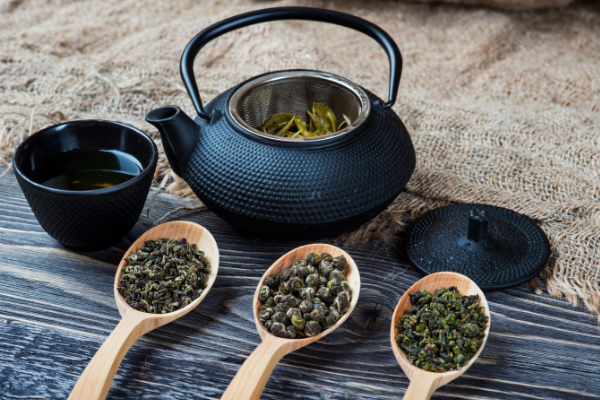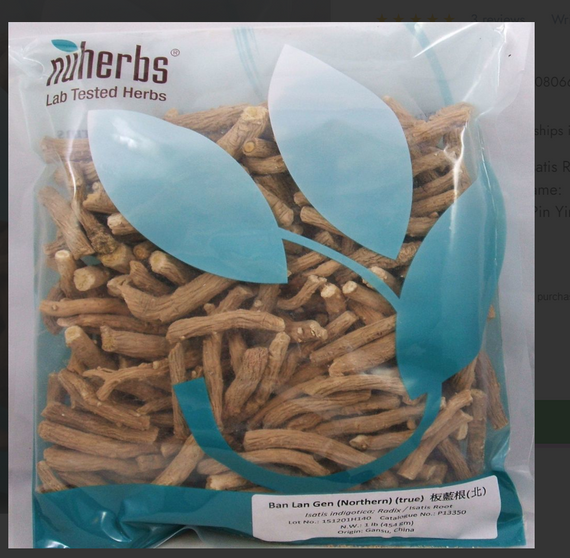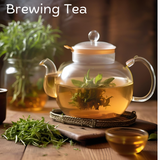

NuHerbs Lab Tested
Huang Qi Fen Astragalus Root Powder 1lb Nuherbs
Astragalus Root Powder: A Potent Boost for Immunity and Vitality Astragalus root powder, derived from the Astragalus membranaceus plant, has a long-standing reputation in Traditional Chi

 Organic and Sustainable Farming
Organic and Sustainable Farming
 9. Choosing the Right Tea for You
9. Choosing the Right Tea for You




